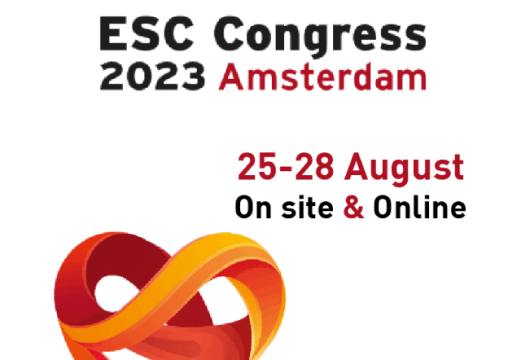Researchers conducted a randomized study involving 827 patients who experienced out-of-hospital cardiac arrest without ST-segment elevation myocardial infarction, and then underwent percutaneous coronary intervention. In this group, 414 patients were transferred to a specialized cardiac arrest center (CAC), while 413 were taken to the geographically closest hospital (closest emergency department, CED).

The primary endpoint (PEP) was all-cause mortality at 30 days. The average age of participants was 63 years, 31% of subjects were women, and both groups had similar characteristics.
At 30 days, there were no differences in the PEP between the two groups (63% in both groups; unadjusted relative risk of survival, 1.00; 95% confidence interval, 0.90-1.11; p=0.96).
In conclusion, the authors note that, for patients who experience cardiac arrest successfully reversed with CPR maneuvers, there were no differences between being transported to a specialized cardiac arrest center or a standard hospital.

Dr. Carlos Fava.
Member of the Editorial Board of SOLACI.org.
Source: Presentado por Tiffany Patterson durante el Congreso ESC 2023.
Subscribe to our weekly newsletter
Get the latest scientific articles on interventional cardiology





